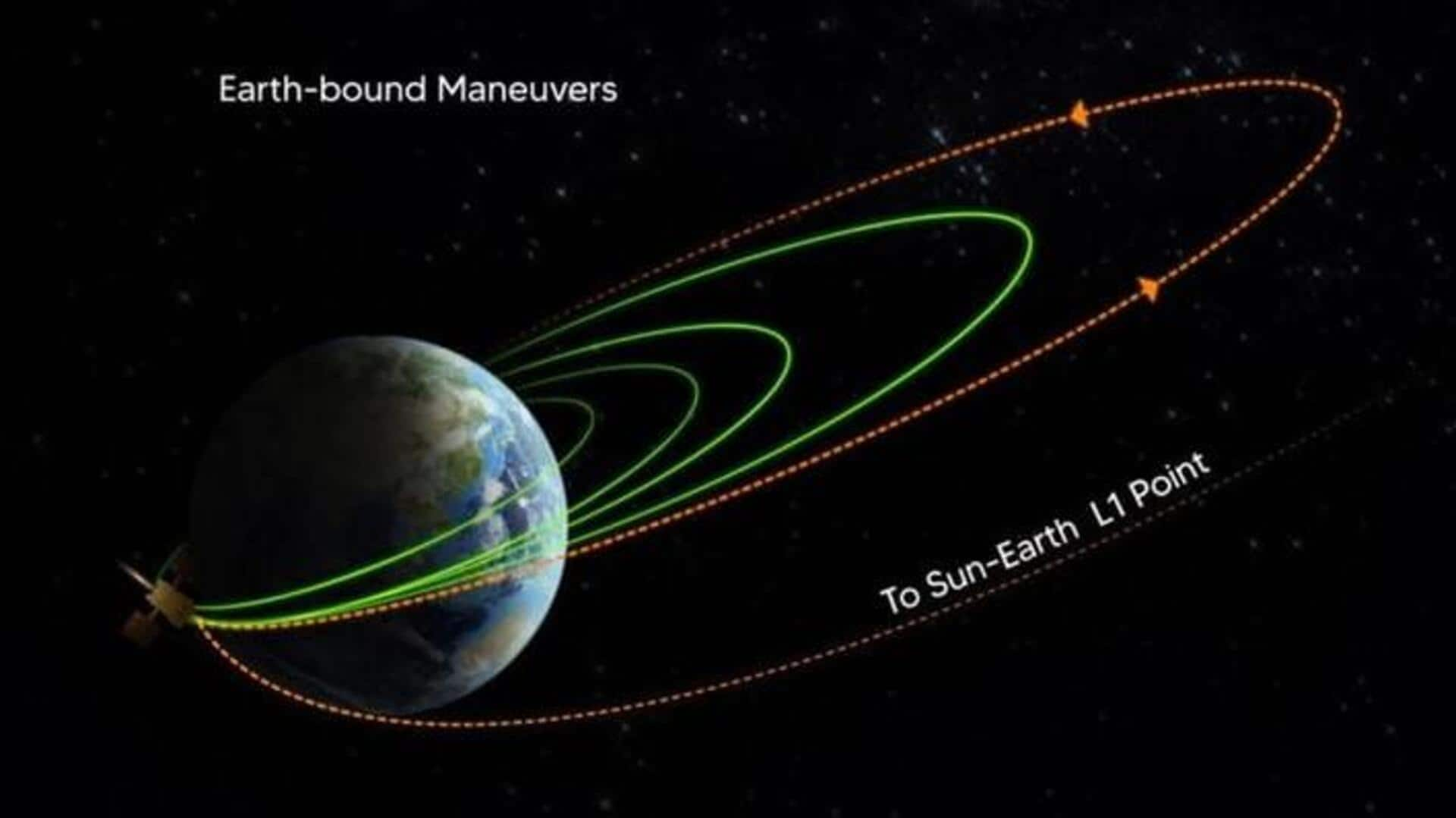
ISRO's Aditya-L1 solar mission starts collecting scientific data
What's the story
India's first space-based solar mission, Aditya-L1, has been progressing smoothly so far. Among the mission's key goals is to provide real-time information on solar activities and their effects on space weather. In the latest, the Indian Space Research Organisation (ISRO) has confirmed the mission has started collecting scientific data, marking another crucial step forward. Specifically, the Supra Thermal and Energetic Particle Spectrometer (STEPS) instrument aboard the Aditya Solar Wind Particle Experiment (ASPEX) payload is now gathering information.
Details
Here's more on the STEPS instrument
Developed by the Physical Research Laboratory (PRL) with support from the Space Application Centre (SAC) in Ahmedabad, STEPS is a key component of the ASPEX payload. It features six sensors that measure supra-thermal and energetic ions ranging from 20keV/nucleon to 5MeV/nucleon, as well as electrons exceeding 1 MeV. These measurements are conducted using low and high-energy particle spectrometers during Earth's orbits. This data will help analyze the behavior of particles surrounding Earth, particularly in the planet's magnetic field.
Significance
The mission is currently moving to its target location
STEPS was activated on September 10, when the spacecraft was over 50,000km from Earth. For reference, this distance is more than eight times the Earth's radius. STEPS will continue making measurements as Aditya-L1 progresses toward the Sun-Earth Lagrangian point (L1) point, located about 1.5 million kilometers from Earth, and once the spacecraft is positioned in its intended orbit. ISRO mentions collecting data around L1 will provide insights into the "origin, acceleration, and anisotropy of solar wind and space weather phenomena."
Positioning
Why Aditya-L1 will be positioned at Sun-Earth Lagrangian point (L1)
Aditya L1's target destination, the L1 point represents a gravitationally stable position where the gravitational forces of the Sun and Earth balance each other. The spacecraft will be positioned in a halo orbit around this point and will remain in a fixed position relative to the Sun. This vantage point will allow the spacecraft to continuously monitor the Sun without the Earth ever eclipsing its view.
Next operation
The mission will undergo a key operation tomorrow
Aditya-L1 is set to undergo a key operation, called the Trans-Lagrangean Point 1 Insertion (TL1I), on the intervening night of September 18 and 19, around 2:00am IST. The upcoming operation will serve as a send-off from Earth, putting the spacecraft on an approximately 110-day journey to the L1 point. From the period following its launch on September 2, the spacecraft underwent four Earth-bound maneuvers that allowed it to garner the required velocity for its journey.
Twitter Post
Take a look at ISRO's official post
Aditya-L1 Mission:
— ISRO (@isro) September 18, 2023
Aditya-L1 has commenced collecting scientific data.
The sensors of the STEPS instrument have begun measuring supra-thermal and energetic ions and electrons at distances greater than 50,000 km from Earth.
This data helps scientists analyze the behaviour of… pic.twitter.com/kkLXFoy3Ri